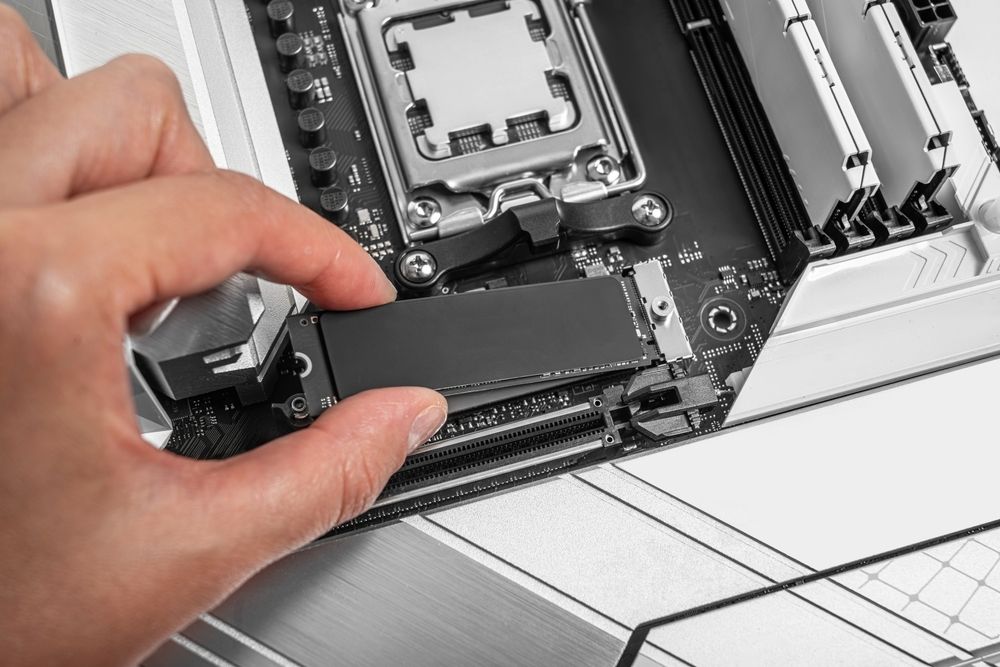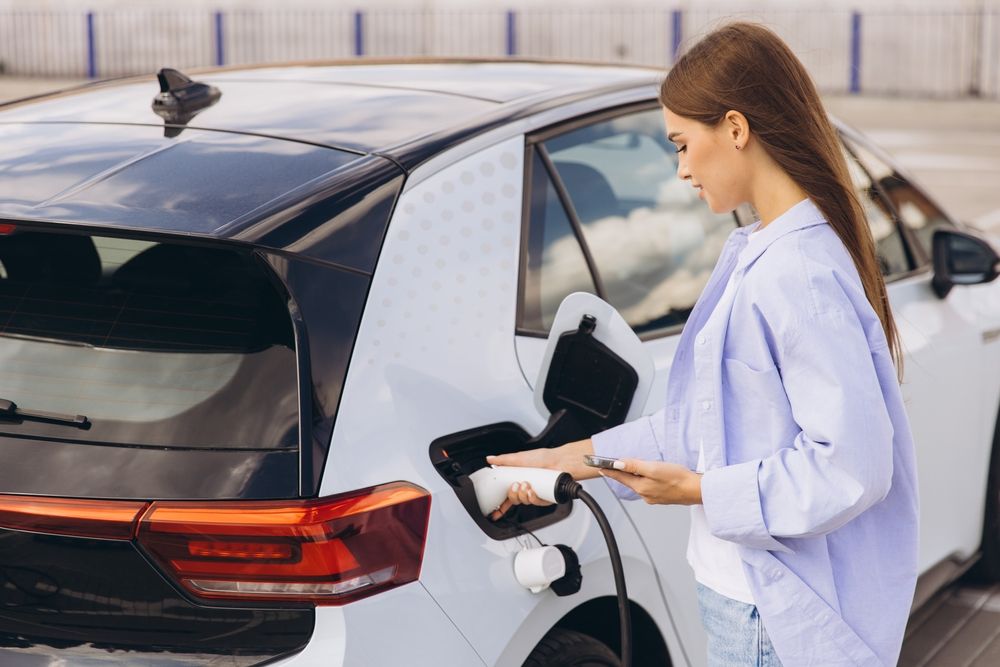In a world where smartphones, wireless earbuds, smartwatches, and tablets are essential to daily life, running out of battery can feel like being cut off from the world. That’s where a reliable power bank comes in — an everyday tool to keep your devices charged no matter where you are.
But not all power banks are created equal. Some are bulky, some are too weak to fully charge a device, and others take forever to recharge themselves. The best power bank for everyday use needs to strike the right balance between portability, power, speed, and reliability. Here's everything you should know before buying one.
1. Determine the Right Capacity for Your Needs
Power bank capacity is measured in milliampere-hours (mAh), which tells you how much charge it can store. The right capacity depends on what devices you’re charging and how frequently you plan to use it.
Basic Capacity Guide:
-
5,000–10,000 mAh: Lightweight and pocket-friendly; ideal for one full smartphone charge
-
10,000–15,000 mAh: Charges most phones 2–3 times; a great balance of size and power
-
20,000 mAh+: Suitable for tablets, multiple devices, or extended travel; bulkier but long-lasting
If you're just topping off your phone during the day, a 10,000 mAh model is usually more than enough for everyday use.
2. Look at Output Power (Wattage and Amperage)
Capacity tells you how much energy is stored, but output power determines how fast your devices charge. This is where wattage and amperage come in.
Key Output Specs to Understand:
-
1A output (5W): Slow charging — suitable for older devices
-
2.1A–2.4A output (10W–12W): Standard for modern smartphones and tablets
-
18W+ (via USB-C PD or Quick Charge): Fast charging for compatible devices
If your phone supports fast charging, choose a power bank that supports USB-C Power Delivery (PD) or Qualcomm Quick Charge (QC). The higher the wattage (e.g., 20W, 30W), the faster your device will recharge — provided your phone supports it.
3. Consider the Number and Type of Ports
The number of ports determines how many devices you can charge at once. For everyday use, at least two output ports are ideal.
Common Port Types:
-
USB-A: The standard port compatible with most cables
-
USB-C: Supports faster charging and reversible plug; often used for input/output
-
Micro-USB: Older standard, mostly used for charging the power bank itself
Some power banks also include wireless charging pads or built-in cables for extra convenience. For modern setups, prioritize a model with at least one USB-C port.
4. Check Input Power and Recharging Speed
How fast a power bank recharges itself is just as important as how fast it charges your devices — especially if you use it daily.
Faster Input = Faster Recharge:
-
5V/1A input: Slow — may take 8–12 hours for larger capacity banks
-
5V/2A or USB-C input: Faster — recharges in 4–6 hours
-
USB-C PD input (18W+): Rapid recharge for high-capacity models (2–4 hours)
Choose a power bank that supports fast input charging, particularly if it’s over 10,000 mAh. Look for models that can be charged via USB-C or dual-input options for added convenience.
5. Evaluate Size, Weight, and Portability
Power banks range from slim pocket-sized units to heavy-duty bricks. Think about how you’ll carry it — in a purse, pocket, or backpack?
Ideal Portability Specs for Everyday Use:
-
Under 7 ounces (200g): Fits easily in pockets or small bags
-
Compact dimensions (e.g., 3–5 inches long): More convenient for travel or commuting
-
Rounded or slim designs: More comfortable to carry next to your phone
If you plan to carry your power bank daily, don’t overdo it on size — go for the lightest model that still meets your charging needs.
6. Consider Safety and Build Quality
Poorly made power banks can overheat, short circuit, or degrade quickly over time. For safety and long-term use, look for trusted brands with quality certifications.
Safety Features to Look For:
-
Overcharge protection
-
Overheat and short circuit protection
-
Battery cell certifications (CE, FCC, RoHS)
Also check for solid casing, scratch-resistant materials, and LED indicators that show remaining power. Avoid ultra-cheap, no-name brands — especially ones with suspiciously high capacity at very low prices.
7. Choose a Reputable Brand
Well-known brands often provide better quality control, longer warranties, and more accurate specs.
Top-Rated Everyday Power Bank Brands:
-
Anker
-
Aukey
-
RAVPower
-
Belkin
-
Baseus
-
Mophie
Read product reviews, watch comparison videos, and check for real-world user feedback to get a sense of reliability.
8. Check for Extra Features (Optional)
While not essential, some features add convenience and value to your power bank.
Popular Extras:
-
Digital LED display (shows exact battery percentage)
-
Built-in flashlight
-
Integrated cables (eliminate the need to carry extras)
-
Pass-through charging (lets you charge devices while charging the power bank itself)
-
Wireless charging pad (great for Qi-enabled phones or earbuds)
Choose based on how you use your devices and what extras might simplify your daily routine.
9. Match Power Bank to Your Device Ecosystem
Do you use iPhones, Android phones, or both? Tablets? Earbuds? Each device may have different charging requirements.
Compatibility Tips:
-
For iPhones, choose a model with USB-C output + Lightning cable
-
For Android, look for USB-C PD or Quick Charge
-
For smartwatches and earbuds, a lower-power port or wireless pad may be sufficient
If you use multiple devices, a multi-port charger with fast charging support for all of them is a wise choice.
10. Set a Realistic Budget
Power banks range from under $20 to over $100, depending on capacity, charging speed, and features. For everyday use, you don’t need to spend a fortune — but avoid going too cheap.
Budget Guide:
-
$15–$30: Basic 5,000–10,000 mAh power banks for phones
-
$30–$60: Mid-range 10,000–20,000 mAh with fast charging and better build
-
$60+: High-capacity models, wireless charging, multiple ports, or laptop support
Focus on the best value for your needs — not the biggest battery.





